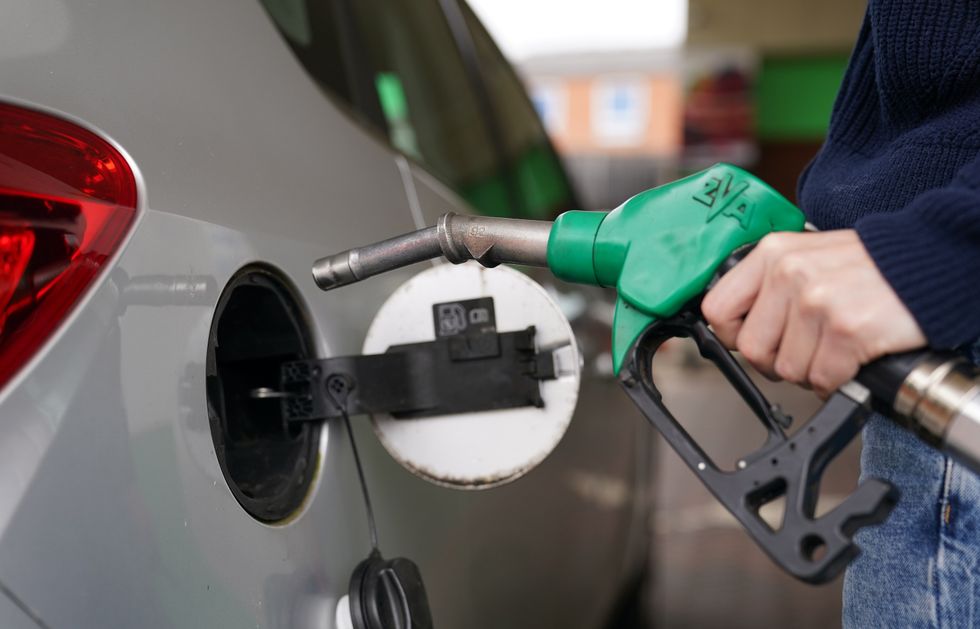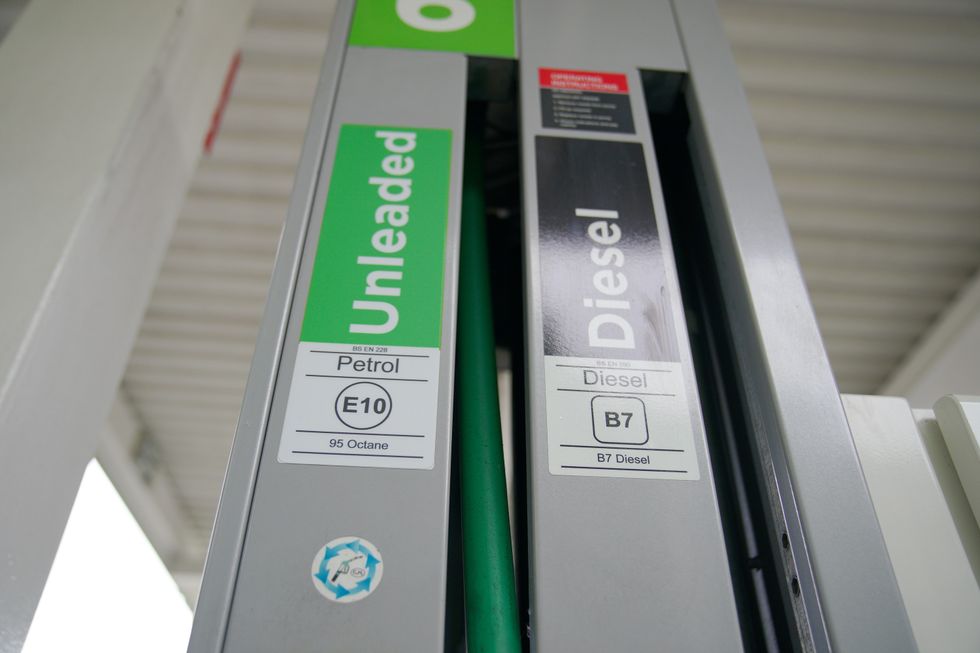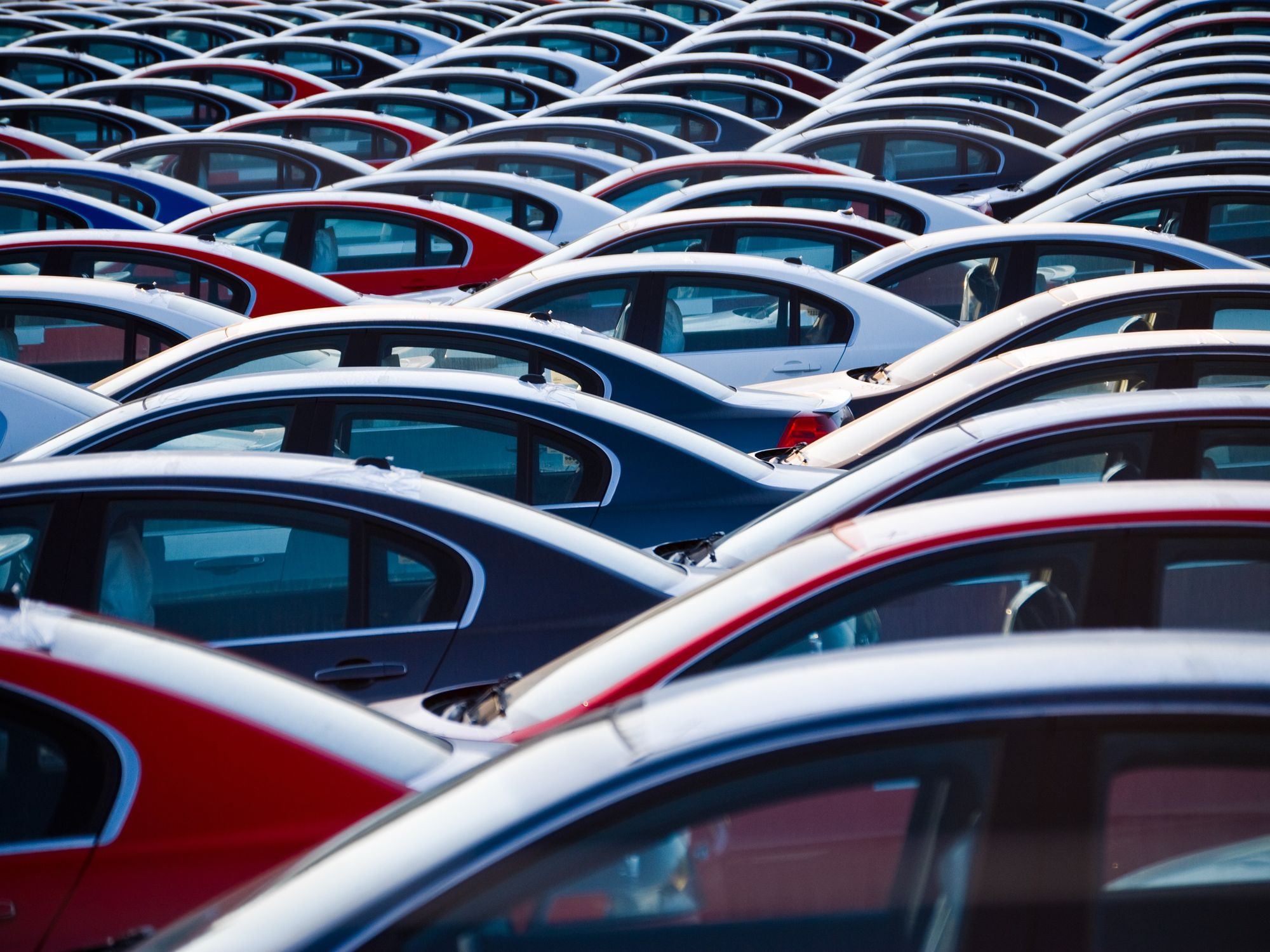
Motorists are advised to tell the filling station staff what has happened
PA
The issue is more common than people may think, with thousands of people making the mistake every year
Don't Miss
Most Read
Trending on GB News
Drivers are being warned of the impacts they may face when refuelling their vehicles with the wrong type of petrol or diesel.
The RAC estimates that around 150,000 people every year make the same mistake and put the wrong type of fuel in their car.
It is believed that most misfuelling incidents – potentially as many as 95 per cent – occur when petrol is pumped into a diesel-powered vehicle.
Drivers are urged to remain calm, especially if they have not yet driven off, as this will give them the best chance of avoiding any serious damage.

The issue affects around 150,000 people every year
PA
David James, fuel card expert and sales director at Right Fuel Card, warned drivers about what they should do if they put the wrong fuel in their vehicle.
He states that motorists should first put the car in neutral when it is safe to do so and leave the engine switched off.
Drivers could even remove the key entirely, as this can cause the most damage to the vehicle.
The expert also suggested letting the petrol staff know about what has happened as the car may have to wait at the forecourt while the tank is drained.
David James continued, saying: “More often than not, they will be able to help you with more tailored next steps and advise you straight away.”
“Call your breakdown cover provider or a local garage so that they can drain and flush your fuel system as soon as possible.
“Be sure to also call your insurance provider just in case of any lasting damage as your policy may not cover misfuelling.”
While the cost of misfuelling can vary depending on the situation, David James estimated that it may set drivers back up to £1,295 to amend the issue.
When E10 was first introduced to forecourts in England, Scotland and Wales in 2021, there were concerns that drivers of older cars in particular would use the wrong fuel accidentally.
The GOV.UK website reassures drivers that if they put E10 into their non-compatible vehicle, they should simply fill up with E5 petrol next time.
It added: “Using a single tank of E10 petrol in a vehicle that is not compatible should not be a major problem. Just make sure you fill up with the correct E5 (‘97+ octane) petrol grade next time.
“Unlike putting petrol into a diesel engine, you shouldn’t need to drain the tank. On a one-time basis, your vehicle will not suffer engine damage as a result.
LATEST DEVELOPMENTS:

Drivers were also given fresh E10 fuel guidance
PA
“Prolonged use of E10 petrol in a non-compatible vehicle, however, may cause harm and is not recommended.”








